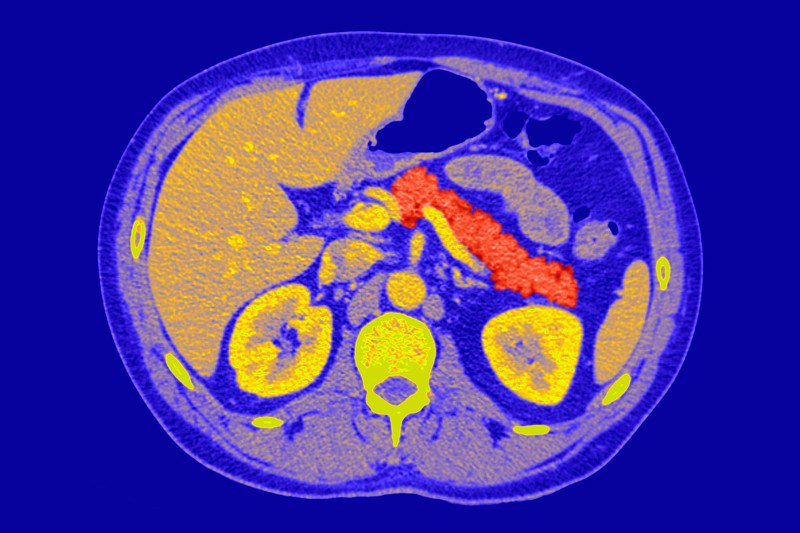Type 1
diabetes occurs when the immune system attacks pancreatic beta cells, the cells
that produce insulin, resulting in no insulin production therefore no way to
regulate glucose levels. Currently patients with type 1 diabetes must give
themselves daily insulin injections in order to properly regulate their glucose
levels due to the lack of pancreatic beta cells producing endogenous insulin.
Recently,
researchers found a growth factor/bone protein, BMP-7, that has the ability to
transform non-beta cells in the pancreas into insulin producing cells both in
vivo and in vitro. This is an example of non-genetic conversion of human
pancreatic exocrine cells to endocrine cells, showing promise for an
alternative to genetic manipulation and reprogramming.
The next
step is to find the best way to utilize this growth factor (BMP-7). There are
several options, either directly stimulate creation of new pancreatic beta
cells with the addition of a small amount of immunosuppressive drugs to stop
the new insulin producing cells from being destroyed by the immune system. This
option is being investigated in mice currently. Another option is to
create new beta cells from donated pancreases and package them in ways that
protect them against the immune system, and implant these protected cells into
a patient’s omentum. Donated beta cells implanted into type 1 diabetes patients
has been used previously, but similar to other areas of medicine relying on
organ donors, the demand far out weighs the supply.
Donor
pancreases are composed of only 2% beta cells, therefore several pancreases are
necessary to transplant enough beta cells into one patient with type 1 diabetes.
This new approach using BMP-7 could help transform a donor pancreas into 100%
beta cells, and provide enough cells to be transplanted into up to 7 patients.
The
director of research at charity Diabetes UK explains that improving the number
and viability of cells for transplantation is a major focus of research. The
BMP-7 discovery shows a way to do just that. The most effective way to utilize
BMP-7 in relation to type 1 diabetes remains to be seen, but it is a promising
discovery towards new therapies for type 1 diabetes patients.

Coghlan, Andy. (2015). Diabetic Pancreas Cells Made to Produce Insulin by Bone Protein. New Scientist. (Retrieved November 24, 2015) https://www.newscientist.com/article/dn28536-diabetic-pancreas-cells-made-to-produce-insulin-by-bone-protein/?utm_source=NSNS&utm_medium=SOC&utm_campaign=twitter&cmpid=SOC%7CNSNS%7C2015-GLOBAL-twitter
Klein, Dagmar. Alvarez-Cubela, Silvia. Lanzoni, Giacomo. Vargas, Nancy. Prabakar, Kamalaveni. Boulina, Maria. Ricordi, Camillo. Inverardi, Luca. Pastori, Ricardo. Dominquez-Bendala, Juan. (2015). BMP-7 Induces Adult Human Pancreatic Exocrine-Endocrine Conversion. Diabetes. http://diabetes.diabetesjournals.org/content/early/2015/08/24/db15-0688.full.pdf+html
It is good to hear that new advances are being made in diabetes research. Hopefully, this treatment will be a viable option for Type 1 patients. I understand that the immunosuppressive would be given to help prevent the donor pancreas from being rejected by the immune system, but what keeps this from occurring later down the road, though? Is the immunosuppressant only given initially, or is it administered repeatedly? Either way, this is an advantage over multiple insulin injections throughout the day!
ReplyDeleteThis is an amazing step forward in the treatment and hopefully one day, cure, of diabetes. Could this treatment be used in patients who have Type 2 diabetes, but let it get so bad that they developed Type 1? Also, most patients with diabetes have cardiovascular disease. Would this effect the success of the pancreatic transplants?
ReplyDelete